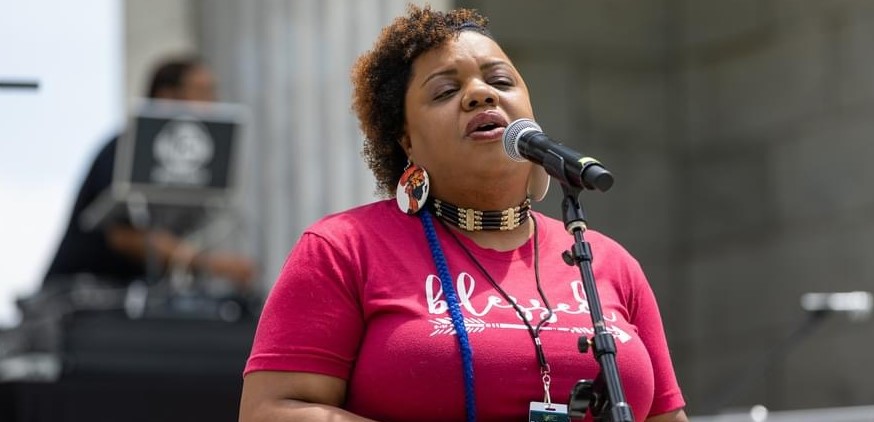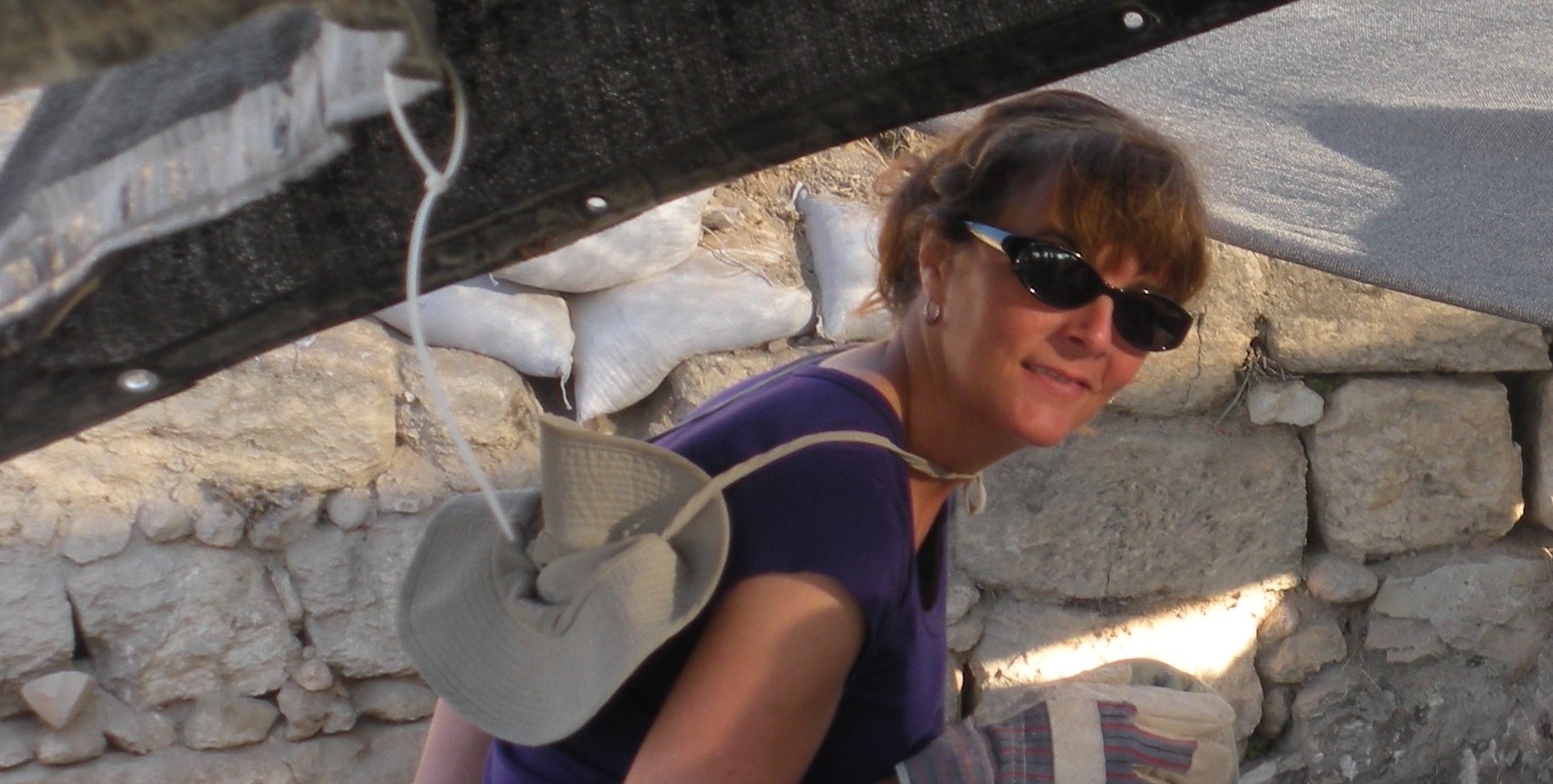“T1D is a complex autoimmune disease. While our understanding of the disease has advanced significantly, we are still diligently working on the path to better treatments, new therapies, and ultimately, cures for T1D.”
November was National Diabetes Month
NEWPORT – When she graduated from Salve Regina University in May 2023, the future that Grace Brogno envisioned excited her. She’d earned her nursing degree and that summer, she passed the National Council Licensure Examination, which allowed her to practice. She began working at South County Hospital.
But something was wrong.
“I was working on the telemetry floor and I put on scrubs that fit perfectly in May and they were hanging off me,” she recalled. “And then I started to get more and more fatigued throughout the day. I would go up the stairs and my heart would race. It was confusing because I was doing all of my normal things and I was busy and I could easily say ‘it’s just because I’m doing a lot right now.’ ”
That did not explain her unquenchable thirst.
“I would come home and chug three or four Poland Spring water bottles,” Brogno, 24, told Ocean State Stories. “I was like, ‘something’s a little weird with that.’ ”
On Nov. 1, 2023, Brogno visited her primary care physician.
“I told them all my symptoms, everything I was going through. They were like, ‘okay, let’s get some blood work done.’ ”
Tests showed that her glucose — a type of sugar found in many foods that serves as a source of energy for the body’s cells — was at a dangerously high level.
“They called me and said the ER might be a good place to be,” Brogno said. “So I went to South County. I stayed there for five days. Luckily, I didn’t need to go to the ICU. And then all of a sudden, I was a type 1 diabetic.”
Brogno, who was living with her parents in Narragansett, began treatment: insulin injections at first. They kept her diabetes in check, but the stress of how her life had so radically changed was substantial.
Before her diagnosis, Brogno said “I had no other health issues. I’d played sports all throughout my life, softball, basketball and soccer in high school. Looking back on it, it seems like my pancreas died the day of my graduation. The timing of everything was insane. Mentally, it was a really, really hard transition.”
When Brown University Health pediatric endocrinologist Dr. Lisa Swartz Topor began her medical training at Boston Children’s Hospital several years ago after graduating from Harvard Medical School, the treatment for type 1 diabetes was primitive by today’s standards.
“The parent or the guardian or the child if they were old enough would take one type of insulin, draw up a certain number of units, then take another vial, draw up more units, and they’d give that shot,” Topor recalled. “There’d be a breakfast injection and, depending on the regimen, sometimes a lunch injection. Then there’d be a dinnertime injection and a bedtime injection.

“And these insulins had peaks and valleys in their actions as the day went on. The kids had to eat at very specific times, including before activity, to maintain steady blood sugar levels.”
It was laborious and stressful, for children and families alike.
Thanks to significant advances in technology, today’s treatment allows youngsters to live essentially normally.
“Our aim for every single one of our patients who has type 1 diabetes is to use a glucose sensor, which is a device that is worn on the skin with a small little piece that goes right under the skin and that can continually monitor the blood sugars,” said Topor, who practices at Hasbro Children’s Hospital and is also an associate professor of pediatrics at The Warren Alpert Medical School of Brown University.
“Second to that is an insulin pump: a small device that allows the continuous infusion of insulin right under the skin that stays in place for two to three days. And this is where the technology is amazing. The sensor and the pump communicate so that if the child is running on the soccer field and their body is using up some sugar and the blood sugars start to trend down, the sensor sends that information to the pump and the pump then decreases the insulin infusion without a human telling it to stop giving as much insulin.
“We started using the first closed loop sensors in kids just a couple of years ago and they’ve gotten better and better and it is a real game changer. It’s not a cure but it’s as close to a cure as we have right now and there’s more and more technology that will build on the versions we’re using today that will continue to improve diabetes care.”
Nearly 40 million Americans have diabetes, according to the Centers for Disease Control and Prevention. Of those, the agency states, “in adults, Type 1 diabetes accounts for approximately 5 – 10% of all diagnosed cases of diabetes. Just over 18,000 youth [were] diagnosed each year in 2017 and 2018.”
The CDC determined that in 2022, the “total medical costs and lost work and wages for people with diagnosed diabetes” was $413 billion. The risks to people living with the disease included “blindness, kidney failure, heart disease, stroke, loss of toes, feet, or legs,”
As with many other diseases and health conditions, socioeconomic and racial disparities exist with both forms of diabetes, as a 2020 study, “Racial-Ethnic Inequity in Young Adults With Type 1 Diabetes,” published in The Journal of Clinical Endocrinology & Metabolism disclosed.
In Rhode Island, Rhode Island Department of Health Public Information Officer Joseph Wendelken wrote in an email, “the state-wide estimate of diabetes prevalence has increased from 10.4% in 2019 to 11.8% in 2023. However, this increase is small (not statistically significant), and the data suggests that the diabetes prevalence is stable when looking statewide.
“Differences in diabetes prevalence exist by gender, with men (13.5%) reporting higher diabetes prevalence than women (10.2%) in 2023. Differences also exist by age, education, and income.”
This is also true for many health conditions in children, Rhode Island KIDS COUNT has concluded.
More detailed data from the CDC confirm that race/ethnicity disparities exist. Asked the question “Have you ever been told by a doctor that you have diabetes?” in the Behavioral Risk Factor Surveillance System, 14.5% of those surveyed were Black, non-Hispanic. Nearly a quarter of those identified as Other, non-Hispanic had been told they had diabetes, compared to 10.7% who were Hispanic and 11.5% who were White, non-Hispanic.
Sorted by household income, 19% of households with an annual income of less than $15,000 said they had been told they had diabetes, compared to 18.4% of households with an annual income of $15,000 to $24,999; 18.1% of households with an annual income of $25,000 to $34,999; 16.4% of households with an annual income of $35,000 to $49,999; 10.8% of households with an annual income of $50,000 to $99,999; 6.8% of households with an annual income of $100,000 to $199,999; and 6.8% of households with an annual income of $200,000 or more.
Educational attainment aligned with the same trends, with 17.4% of those with less than a high school diploma having been told by a doctor that they had diabetes; 13.1% of those with a high school degree or G.E.D.; 12.8% of those with some post-high school education; and 7.8% of those who were college graduates.
The CDC did not provide data for people under the age of 18, but the percentages rose an age groups all the way to the 65 years old and older, where 24.8% of people had been told by a doctor that they had diabetes.
Dr. Topor understands these numbers well.
“Health disparities exist and it’s not just socioeconomic,” she said. “There are racial and ethnic disparities in diabetes and these outcomes are replicated time and time again in research studies. Acknowledging that these disparities exist is the first step. But then how do we address them? How do we overcome them?”
Her answer: With study, outreach, and affordable health plans that cover diagnosis and treatment of type 1 diabetes.
“In our clinic, we’re doing research and working with families where English is not their first language and finding out what are the challenges specifically for them,” she said. “Different groups of people have different reasons why accessing health care might be a challenge. So we’re working on that.
“The sugar levels, the averages, the numbers that you look for for optimal care tend to be higher in marginalized groups. And so how do we find those groups of people and help them?”
From data collected in large national research studies, Topor said, “we can identify which patient groups have had suboptimal health outcomes in type 1 diabetes. At a clinic level, we aim to identify and address barriers to care for every patient, including those from historically marginalized groups. We have the support of a mental health team, including psychologists and a social worker, to meet with patients and families.”
Among the studies she cited:
One of the affordable diabetes care options, Topor said, is Neighborhood Health Plan, a non-profit health maintenance organization with practices around the state. “We’re incredibly lucky in Rhode Island to have Neighborhood Health,” Topor said. With it, she said “getting good diabetes care for our pediatric patients in Rhode Island is something we can do.”
Also, she wrote in an email, “there are other state Medicaid plans and private health insurance that cover insulin and diabetes supplies. At a national level, there has been work to reduce the cost of insulin for patients who have Medicare coverage (Insulin Coverage). I am hopeful that there will also be changes to reduce the cost of insulin for everyone else. The out-of-pocket costs for insulin and diabetes supplies are incredibly high.”
Annie Ellis was not yet six when her health began to decline. One of the four children of Bonnie and Evan Ellis, Annie, now 13, was in kindergarten.
“She started to show some symptoms such as fatigue, extreme thirst, having to use the bathroom often,” Bonnie told Ocean State Stories. “We knew nothing about type 1 diabetes. So some of these symptoms seemed like they were just a phase for a five-and-a-half-year-old to be going through. But they became really more pronounced and we just knew something was not right and so we brought her to her pediatrician’s office.”
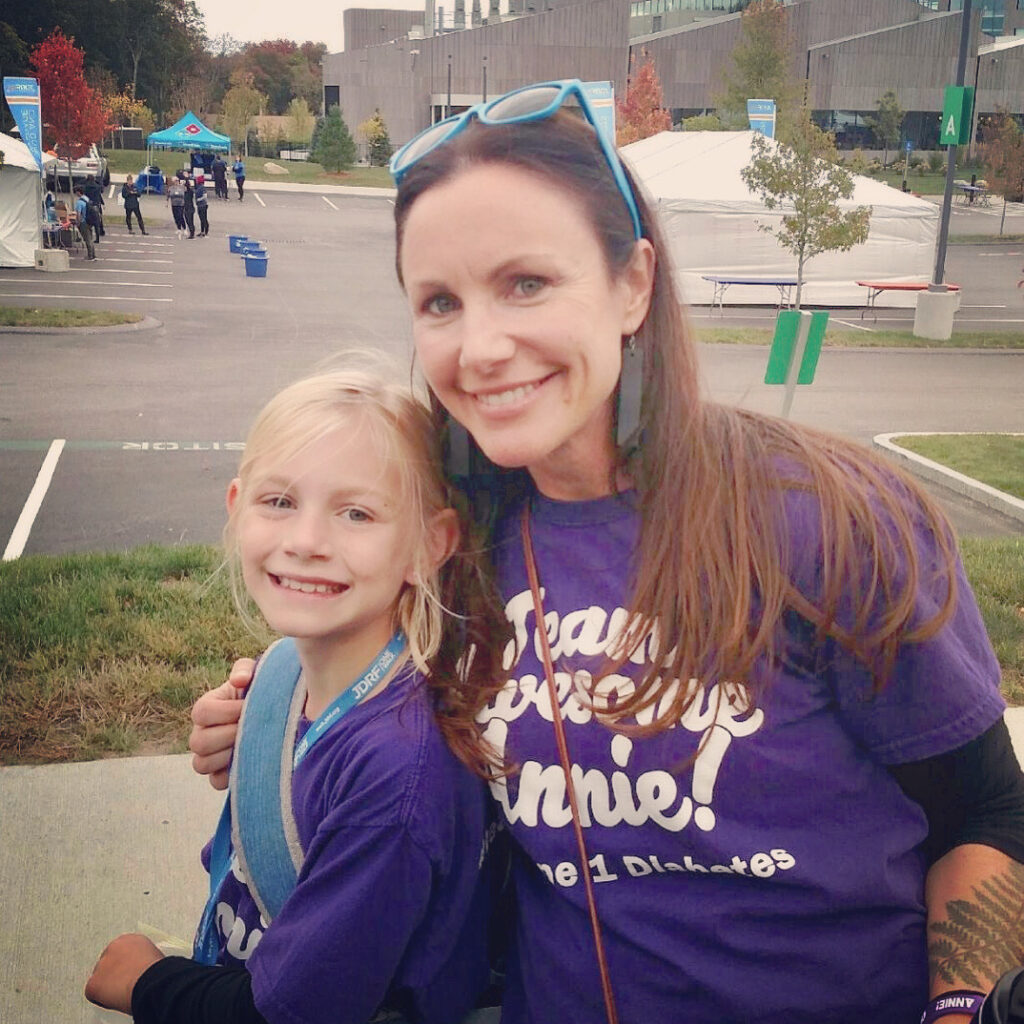
A urine test indicated diabetes, Ellis said, “and they sent us immediately to Hasbro Children’s Hospital to have the diagnosis confirmed. She was very lucky that we found out that she had type 1 before it became a real critical emergency. She didn’t end up in the ICU, whereas a lot of children by the time they’re finally diagnosed do need ICU care.”
Annie said “I don’t really think that I understood it being five, but I remember being at the hospital and all the nurses and staff were just all really nice.”
“So we learned how to take care of Annie and then they released us and we learned our ‘new normal’ of life with type 1,” her mother said.
That involved regular measurement of Annie’s blood sugar with a finger stick and a glucometer, Ellis said.
“We would do that every couple of hours and then she received insulin by injection. Foods that she ate with carbohydrates? She would also need an injection of insulin. We had an insulin pen and we had to calculate her total carbohydrates for each meal and then calculate her dosage of insulin and give her an injection. Also, injections to cover high blood sugar were needed.
“But there have been a lot of technological advances since Annie was diagnosed. Now she’s at the point where she uses an insulin pump. She wears it 24-7.”
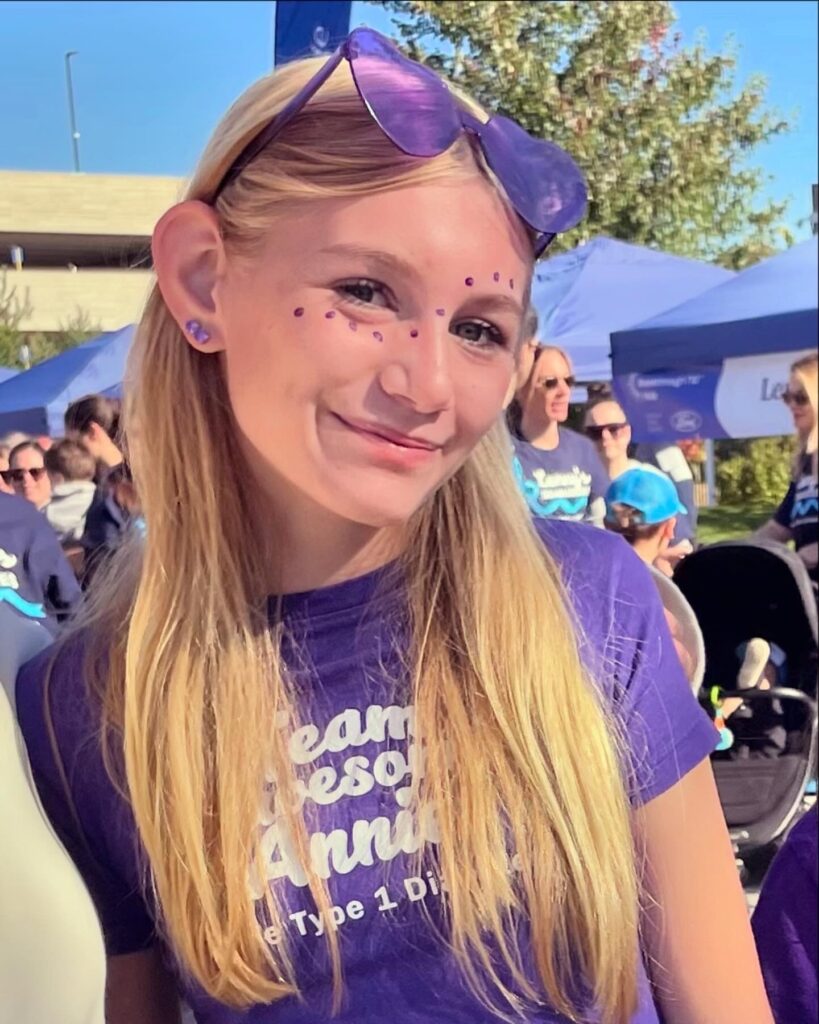
Her care is in the hands of Dr. Lisa Swartz Topor.
“She is incredible,” Ellis said. “She is available to us anytime.”
Today, Annie said, “my friends are supportive. They mostly just say like, if I ever need help, I can tell them about it and stuff.”
Many of her friends are into sports, like Annie.
“I play soccer and then I do snowboarding and skateboarding,” she said.
Her favorites?
“Probably skateboarding or snowboarding.”
For almost 20 years, Dr. Leonard Bertheau has been treating children and adults living with diabetes, at first in his home state of Oregon and more recently at Care New England’s (CNE) Kent Hospital in Warwick and a CNE clinic in Pawtucket.
“Type 1 diabetes is an autoimmune disorder, meaning that your immune system recognizes your pancreas as a foreign entity and attacks and destroys the pancreas and so you’re not able to produce insulin,” he said in an Ocean State Stories interview. “‘Type 1s’ have to be on insulin to survive.”
Taking the historical view, Bertheau described how the discovery of insulin 103 years ago revolutionized treatment and saved lives.
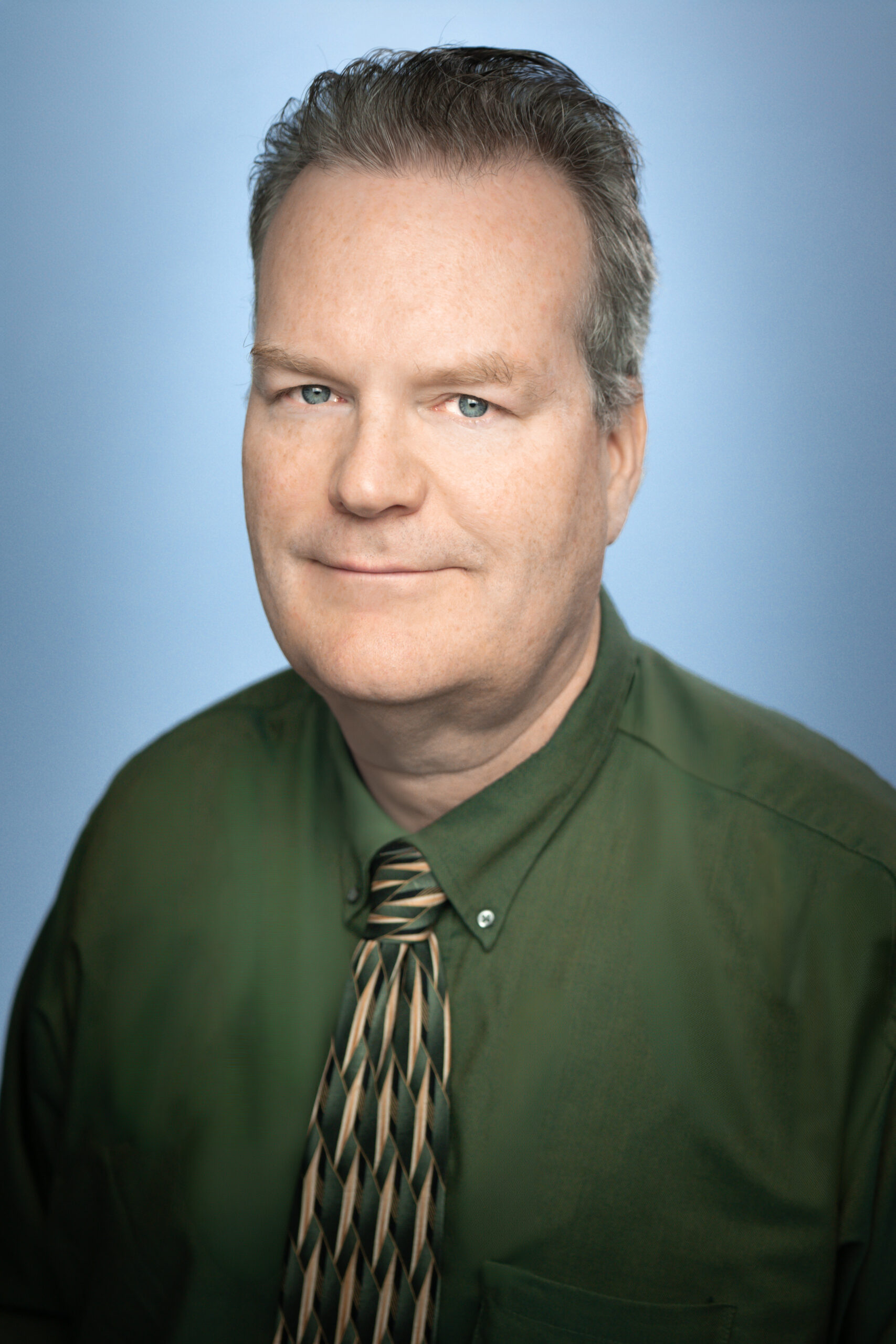
Before 1921, he said, “being diagnosed with type 1 diabetes was a death sentence.” Treatment, he said, was essentially a starvation diet that could prolong life for a few months but invariably ended in death. “Or you would end up in what’s called diabetic ketoacidosis, where your blood sugars get so high that basically your blood turns to acid and the kids would die at that point.
“When they discovered insulin, it was like a miracle cure. All of these kids that were given death sentences were able to survive from that point forward. But for the longest time, all we had at our disposal were insulin injections. So patients would give insulin injections either through a syringe or insulin pens. And still today, a lot of ‘type 1s’ choose to do it.”
For others, technology has become the treatment of choice, said Bertheau, who, like Topor, is affiliated with The Warren Alpert Medical School of Brown University. At Brown, Bertheau is the program director of the Primary Care Diabetology Fellowship and an Assistant Professor of Family Medicine.
“We’ve evolved into continuous glucose sensors and insulin pumps,” Bertheau said, “and now is the best time if you are diagnosed with type 1 diabetes. The pumps still depend on the patient to announce meals or to input the carbohydrates that they’re going to eat, so patients still have to do that part, but everything else is automatic.”
Among the organizations pushing for advances in type 1 diabetes treatment and a cure is Breakthrough T1D, a non-profit group that states “as the leading global Type 1 diabetes research and advocacy organization, we help make everyday life better while driving toward cures.”
“T1D is a complex autoimmune disease,” Lauren Shields, head of the Greater New England Chapter of Breakthrough T1D, said. “While our understanding of the disease has advanced significantly, we are still diligently working on the path to better treatments, new therapies, and ultimately, cures for T1D. This requires ongoing research and innovation as well as broad collaboration and significant funding.”
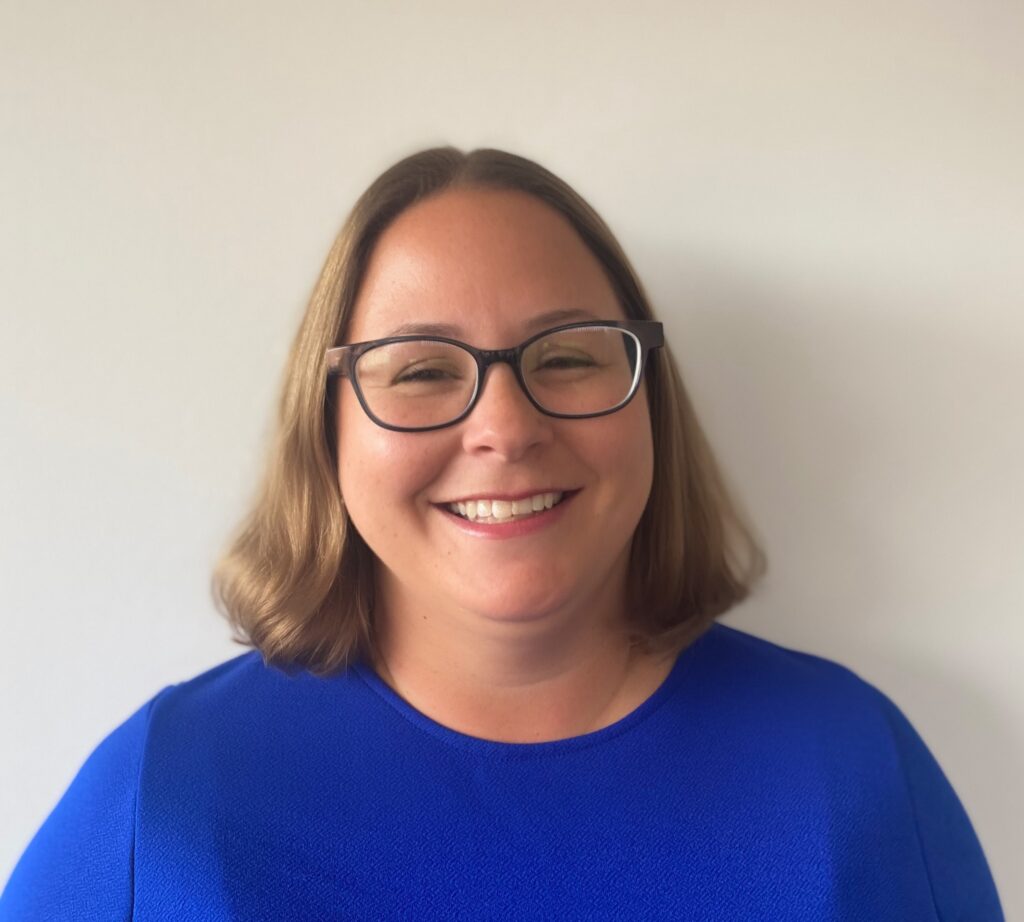
Shields believes “that cures for T1D are within reach” as are interventions to prevent the disease. She sees great promise in cell-based therapies now in development.
“Curing and preventing T1D will require disease-modifying and cell therapies that disrupt or reset the immune system’s attack on insulin-producing beta cells,” she said. “On November 14, World Diabetes Day, we announced the launch of Project ACT (Accelerate Cell Therapies), a flagship initiative to dramatically advance breakthroughs in T1D cell therapies and accelerate cures.
“Project ACT is poised to achieve the next step toward cures through stem cell-based islet cell therapies, enabling people with T1D to produce their own insulin again, without the need for broad immunosuppression. Unlike insulin therapy, which saves lives but does not impact the progression of T1D or prevent complications, cell therapies aim to replace insulin-producing cells, stop the immune attack on these cells, and keep them healthy.
“Significant advances in technology mean that these cell therapies are now within reach, and we know that they can be effective. We know that cell therapies will allow us to walk away from T1D. Project ACT is the roadmap for getting there sooner.”
Editor’s note: These statements were taken from a Q&A with Shields. Read it here.
Following her diagnosis, Grace Brogno said she continued treatment “and ended up taking five months off, just focusing on my health. I took long walks every day and that helped me think. I needed the time to figure out what I wanted to do next and what was plausible with the amount of experience I had in nursing.”
She also switched to the latest technology: a glucose monitor, the Dexcom G7, which “delivers real-time glucose numbers to your smartphone or smart watch, no finger sticks required,” according to the manufacturers; and an Omnipod automated insulin delivery system, a small device that she wears on her arm.
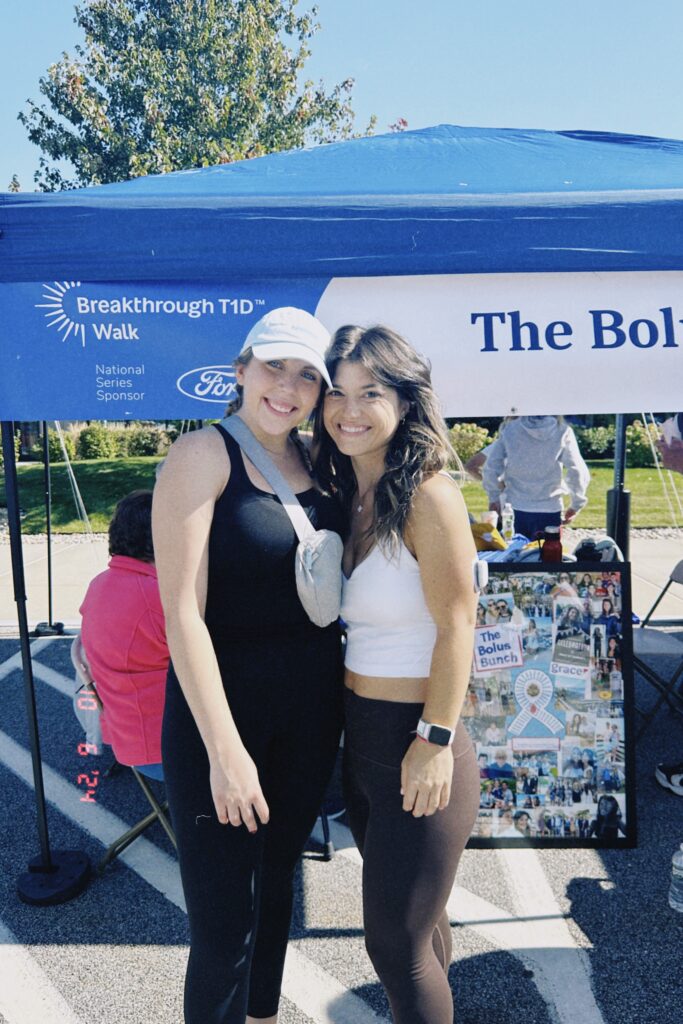
“That has made everything so much easier,” she said.
Brogno applied for a job at Yale New Haven Hospital in New Haven, Conn., and was accepted.
“I’m currently working in medical oncology and it’s also a sickle cell anemia unit,” she said. “I figured I could definitely identify with my patients because while diabetes is not cancer by any means, but with many cancer patients they’ve been just living their lives and all of a sudden they get hit with an illness and it’s a complete life change.”
Diabetes derailed the exciting future Brogno imagined when she graduated from Salve Regina, but now, she is living it. And like Annie Ellis, she has become a member of the Breakthrough community. They were among the hundreds who participated last month in Breakthrough’s T1D Walk, held in Johnston.
“I can’t even put into words how isolating this diagnosis felt for me,” Brogno said. “Seeing those who showed up to support me, and meeting others who know exactly what I deal with on a daily basis, meant the absolute world to me. I hope everyone with T1D can feel as seen and cared for as I felt at the Breakthrough T1D Walk.”
At her new job, Brogno said, “most of my patients have some form of diabetes too, so whenever I treat them, I’m like ‘I have this too,’ just to make them feel a little bit less alone. Recently, I have been in contact with the diabetes educator at Yale and I’m in the process of getting my hours in to be able to become a diabetes educator.”
That, she said, is “a certified healthcare professional, in my case a certified RN, who teaches patients to self-manage this condition to the best of their ability, increase knowledge, identify patterns, and help develop a lifestyle to fit their needs.”
For more information about the risks, diagnosis and management of diabetes, visit The National Institute of Diabetes and Digestive and Kidney Diseases.





